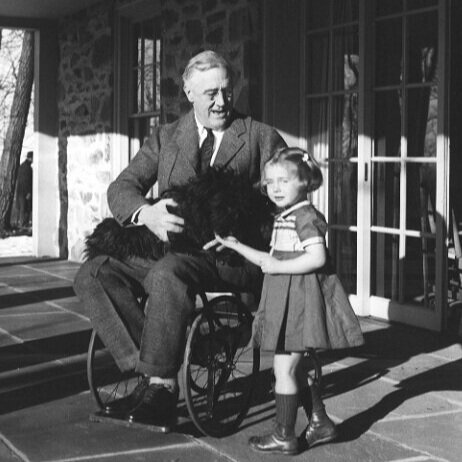Are You Back on the Pain Chain?
/By Ann Marie Gaudon, PNN Columnist
Societal messages constantly tell us that we need to control any and all pain before we can be happy.
What happens when this is not possible? I’ve said it before: In order for me to be pain-free, I would have to be rendered unconscious.
Control of “clean pain” -- biological pain that can’t be fixed -- is very attractive, but in a never-ending quest to control it, we end up with the pain controlling us. That’s when “dirty pain” begins -- we focus too much attention on the negative thoughts and feelings associated with pain.
One form of dirty pain is called “Mental Scripts.” These include what our mind tells us about our pain experience. Here are some examples:
Searching for reasons you’re in pain: You might say to yourself, “I told you not to lift that. You know what happens when you aren’t careful!”
Yelling epithets to yourself in your head: Your mind might be shouting, “You hopeless idiot! You’re such a failure at life!”
Reciting rules you’ve established for yourself around your pain: You might tell yourself, “Exercise is not an option while I’m in pain,” or “I cannot live a good life with pain.”
A second type of dirty pain is called, “Avoidance Behaviours.” This means anything you do or avoid doing in order to try not to feel pain. This behaviour can be particularly perilous because the act of avoiding an experience due to some feared outcome does not always reduce pain, it can actually increase pain. Here are some examples:
Using medications in an attempt to avoid pain altogether rather than to dampen your pain enough to live your life.
Refusing to exercise altogether because you are in pain.
Refusing to work or volunteer in any capacity because you are in pain.
A third type of dirty pain we subconsciously engage in is called “Values Discrepancy.” This means choosing avoidance and moving far away from the life that you want to live.
When you are knee-deep in Values Discrepancy you are living the antithesis of a life that you value. For example:
Giving up on a higher education because you fear the pain will not allow you to concentrate.
Quitting your dream job because of the pain you felt when you were there.
Choosing not to have a family because parenting could be difficult if you are in pain.
Avoidance behaviours (a form of trying to control) are indeed very seductive. They look like the answer. Have you ever seen an advertisement for any type of pain control? The patient takes the magic pill or treatment, the pain is completely resolved, and the patient is seen happily playing tennis or rolling around in the grass with their child.
Western culture rarely if ever shows us reality. The control paradigm is such that the more choices we make attempting to control the pain, the smaller and less meaningful our lives end up. We become stuck on the “Pain Chain.” For chronic pain patients, the manifestation of dirty pain typically looks like this:
The more we struggle against what is uncontrollable, the more we will suffer. The good news is that no one is fated to suffer from dirty pain for the rest of their lives. If you find yourself suffering from any of these symptoms, find yourself a qualified therapist in chronic pain management.
When chronic pain is part of our lives, we need more resilience, not less. We grow resilience by practicing and learning not be ordered around by our thoughts and feelings. Psychotherapy can help you with workable solutions to rise above life-draining, self-defeating patterns of behaviour.
I once was choked off in the Pain Chain, and now I help others to unleash themselves. With the right tools, it is possible to get back to living a life in the service of our values – not in the service of our pain.
Ann Marie Gaudon is a registered social worker and psychotherapist in the Waterloo region of Ontario, Canada with a specialty in chronic pain management. She has been a chronic pain patient for over 30 years and works part-time as her health allows. For more information about Ann Marie's counseling services, visit her website.










